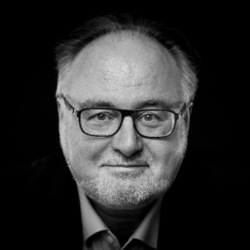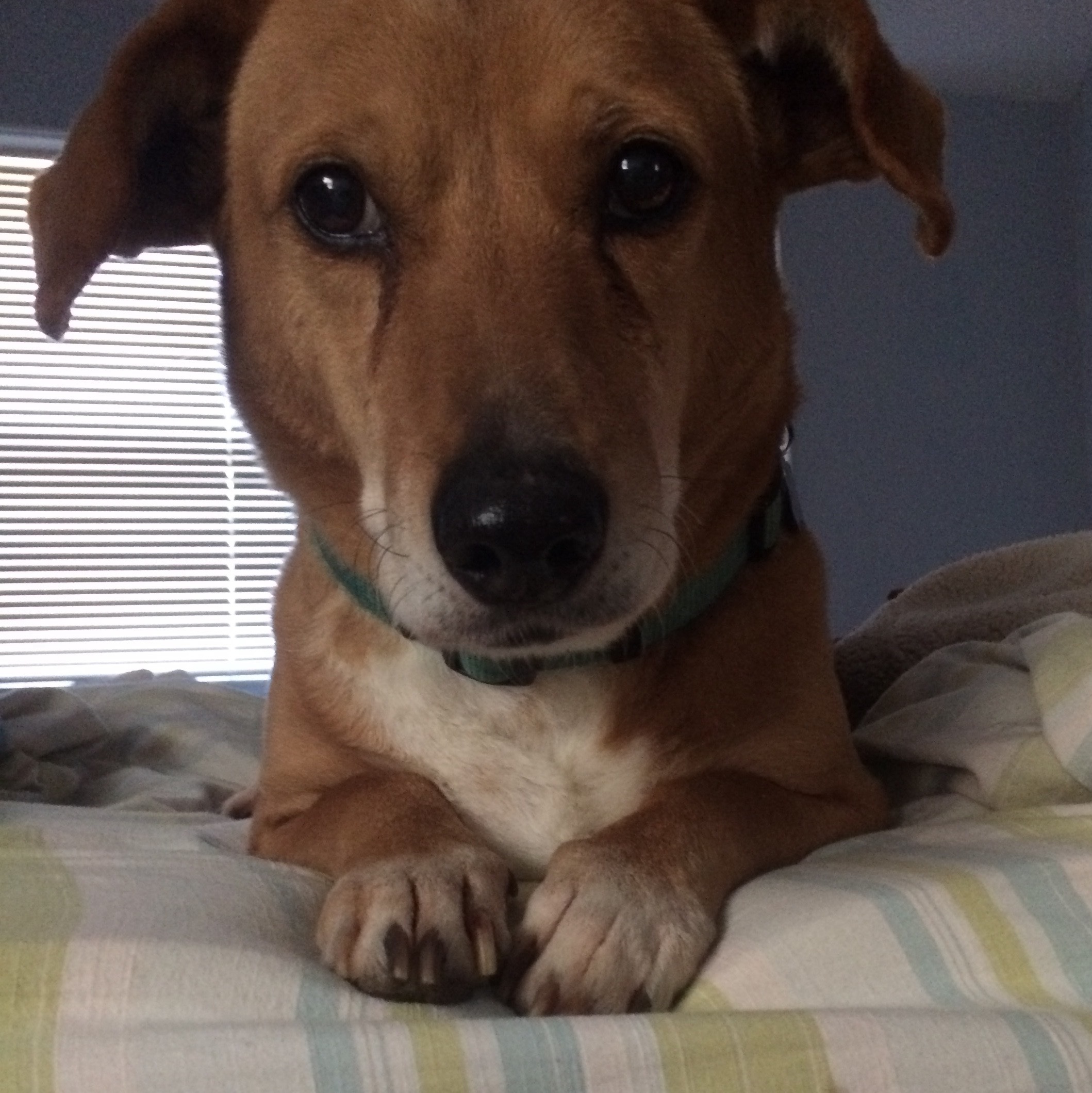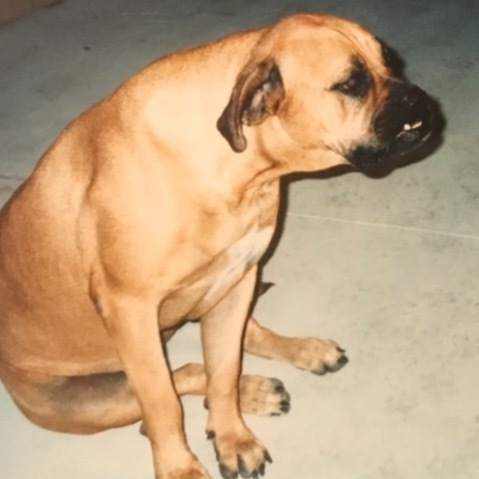Château Lagrange
Château Léoville Barton
Saint-Julien Red Bordeaux Blend 2009
Vintage 2009 | classic Bordeaux at its best. Chocolate and black fruit, cedar. Very complete taste with spicyness. We compared this blind next to Lagrange 09, Leoville showing male power, Lagrange a bit further forward with female playfulness. Long aftertaste. Paired with venisonnpaté with foie gras and figs. — 3 years ago
Château Lagrange (Pomerol)
Pomerol Red Bordeaux Blend 2005
Really nicely integrated. Lead pencil and a light touch of cedar. Boisenberry and black currant. — 6 years ago
Michel et Pierre Choquet
Les Ormes de Lagrange Red Bordeaux Blend 2015
Stone fruit. Dry. Pear and cassis. Maybe plum. Who knows? — 6 years ago
Château La Grange
Saint Julien Red Bordeaux Blend 2021
Dark cherry red. Black currant and fruits. Good concentration. Powerful. Robust structure. Earthy. But keep gentle taste. 2 hours in-glass decanting. Chateau Lagrange 21 @18000, Txin, 241127 — 5 months ago
Les Fleurs du Lac
White Bordeaux Blend 2020
This is the white grown and made by Chateau Lagrange in Saint Julien, though it qualifies only for the lowly Bordeaux AOC. It’s got a lot of character. Nose starts out quite grassy, but with air the buttery, lanolin character of the Semillon comes out a bit more. A bit of nicely-judged toast from the oak and some wet river rocks. In the mouth it’s got nice flavor density and beautiful balance. Nicely put together wine. Seems like it will improve over the next few years. — 2 years ago
Château Civrac Lagrange
Cuvée Plaisir Graves Merlot Cabernet Sauvignon 2018
Pretty good! Came in the Costco Bordeaux case and drink on the lighter side but was very pleasant. — 3 years ago
Château Lagrange
Les Fiefs de Lagrange St. Julien Red Bordeaux Blend 2011
Well made with all character of red Bordeaux a touch of smoky — 9 months ago
Château Lalande-Borie
Saint-Julien Red Bordeaux Blend 1990
Well stored bottle, No problems whatsoever Dark web info, Chateau Lalande Borie is a relatively new estate in the Medoc. The vineyard was initially created when the Borie family purchased 18 hectares of vines from Chateau Lagrange in 1970. To that, they added 12 more hectares of vines from various other growers, some of which needed planting.
Things changed with the 2018 vintage when the estate was renamed Le Petit Ducru.
Chateau Lalande Borie Vineyards, Terroir, Grapes, Winemaking
The 25-hectare, Left Bank vineyard is planted to 50% Cabernet Sauvignon, 40% Merlot, and 10% Cabernet Franc. The vineyard has a terroir of gravel and clay soils. The clay in the soil is part of the reason that today, you find more Merlot in the vineyard. Previously the Cabernet Sauvignon occupied 65% of the vineyard makeup.
The vineyard is well placed in the western part of the St. Julien appellation. It is situated inland, not too far from Chateau Lagrange, Chateau Talbot, and Chateau Gruaud Larose. The vineyard is planted to a vine density of 8,500 vines per hectare.
Read more at:https://www.thewinecellarinsider.com/bordeaux-wine-producer-profiles/bordeaux/st-julien/chateau-lalande-borie-st-julien-bordeaux-wine/ — 2 years ago
Bedrock Wine Co.
Ode to Lulu California Old Vine Rosé Blend 2016
Tasty for my bday 2019 w grant, kara, & Grace at steak & vine in lagrange — 6 years ago





Andrew Cullimore
Medium ruby garnet , medium garnet rim . Quite exuberant on the nose from the off , with grafite , spicy cassis , touch of dusty tobacco and spicy blackberry . On the palate this is elegant with refreshing acidity , cassis, cool
Blackberry dome mineral , oyster shell notes . Fine tannins and fresh acidity . Good red currant tinged tinged finish . Really elegant and refined , a good example of this vintage . Drinking perfectly now and over the next 8-10 years I would imagine . — a month ago